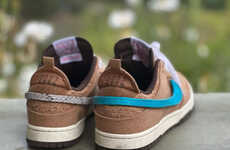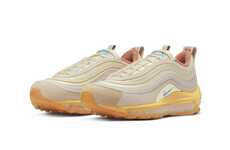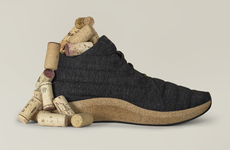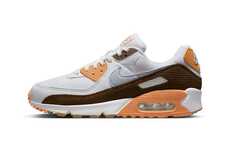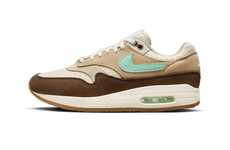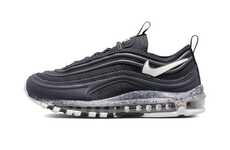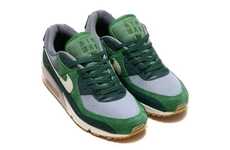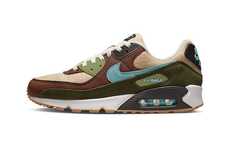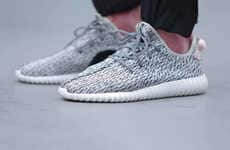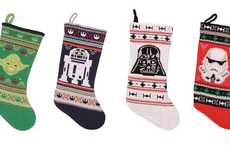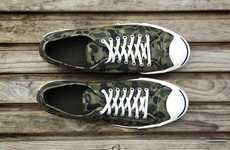
The Nike Air Max 90 Cork Model Celebrates 25 Years
Jana Pijak — May 7, 2015 — Fashion
The Nike Air Max 90 Cork model was recently released in celebration of the shoe's 25th anniversary. As consumers grow more environmentally responsible, brands are embracing sustainable products -- in this case cork -- and are choosing alternatives to ecologically harmful materials.
Cork is no longer a material that is synonymous with eco architecture and decor but is now an alternative to rubbers and fabrics that would adorn most sneakers. The Nike Air Max 90 Cork model is sustainable and chic, mixing its material with hints of red and white rubber and leather.
The shoe boasts the sportswear brand's iconic signage and will appeal to sneaker buffs and collectors across the globe. In addition to its bold aesthetics, the model is also super comfortable and blends fashion with function.
Cork is no longer a material that is synonymous with eco architecture and decor but is now an alternative to rubbers and fabrics that would adorn most sneakers. The Nike Air Max 90 Cork model is sustainable and chic, mixing its material with hints of red and white rubber and leather.
The shoe boasts the sportswear brand's iconic signage and will appeal to sneaker buffs and collectors across the globe. In addition to its bold aesthetics, the model is also super comfortable and blends fashion with function.
Trend Themes
1. Sustainable Sneakers - The rise of eco-conscious consumers presents an opportunity for brands to create sneakers made from sustainable materials like cork.
2. Alternative Materials - The use of cork as an alternative to traditional sneaker materials opens up avenues for innovation and differentiation in the footwear industry.
3. Fashion-function Fusion - The Nike Air Max 90 Cork model combines fashion-forward design with functional features, indicating a trend towards products that prioritize both style and comfort.
Industry Implications
1. Footwear - The footwear industry can embrace sustainable materials like cork to offer eco-friendly alternatives to consumers.
2. Fashion - Incorporating alternative materials, such as cork, into fashion products can cater to the growing demand for eco-friendly and unique designs.
3. Sportswear - By blending fashion and function, sportswear brands can tap into the trend of consumers seeking stylish yet comfortable footwear options.
4.1
Score
Popularity
Activity
Freshness

